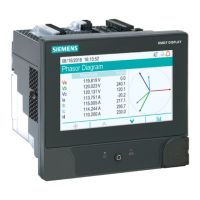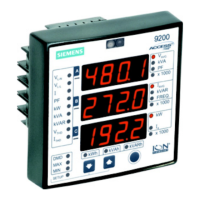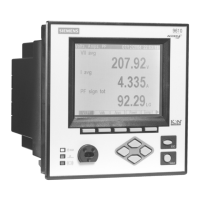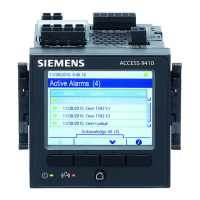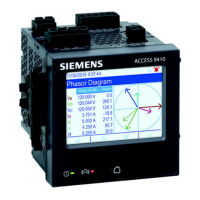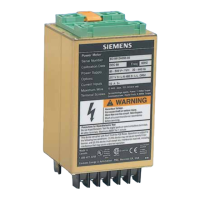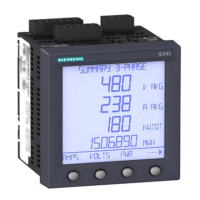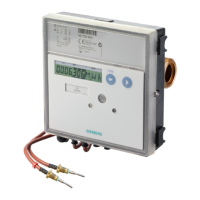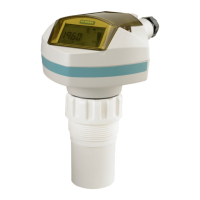Verifying accuracy 9810 series - User manual
283 7EN05-0390-08
NOTE: The optical sensors on the test bench can be disrupted by strong sources of ambient
light (such as camera flashes, florescent tubes, sunlight reflections, floodlights, etc.). This can
cause test errors. Use a hood, if necessary, to block out ambient light.
Environment
The meter should be tested at the same temperature as the testing equipment. The ideal
temperature is about 23 ºC (73 ºF). Make sure the meter is warmed up sufficiently before testing.
A warm-up time of 30 minutes is recommended before beginning energy accuracy verification
testing. At the factory, the meters are warmed up to their typical operating temperature before
calibration to help ensure that the meters will reach their optimal accuracy at operating
temperature.
Most high precision electronic equipment requires a warm up time before it reaches its specified
performance levels. Energy meter standards allow the manufacturers to specify meter accuracy
derating due to ambient temperature changes and self-heating.
Your meter complies with and meets the requirements of these energy metering standards.
For a list of accuracy standards that your meter complies with, contact your local Siemens
Industry representative or download the meter brochure from www.usa.siemens.com/pds.
Reference device or energy standard
To help ensure the accuracy of the test, it is recommended that you use a reference device or
reference energy standard with a specified accuracy that is 6 to 10 times more accurate than the
meter under test. Before you start testing, the reference device or energy standard should be
warmed up as recommended by its manufacturer.
NOTE: Reference equipment with a traceable calibration certificate is recommended when
performing accuracy testing.
Energy pulsing
Energy pulsing LEDs and digital outputs can be used for energy pulsing.
Your meter is equipped with two types of energy pulsing LEDs: visible light and infrared. These
LEDs emit pulses that are then used to determine the accuracy of the meter’s energy
measurements. The pulses of light indicate accumulated energy; the meter’s accumulations are
compared with the reference/standard’s accumulated energy in order to help determine the
meter’s accuracy.
The meter’s digital output can also be used for energy pulsing. A closing (low impedance) and
then opening (high impedance) of the digital output represents a pulse. If the accuracy testing
equipment has a voltage requirement, a current-limited wetting supply voltage must be provided.
NOTE: Digital outputs on option modules should not be used for meter accuracy testing.
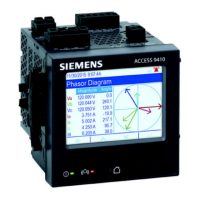
